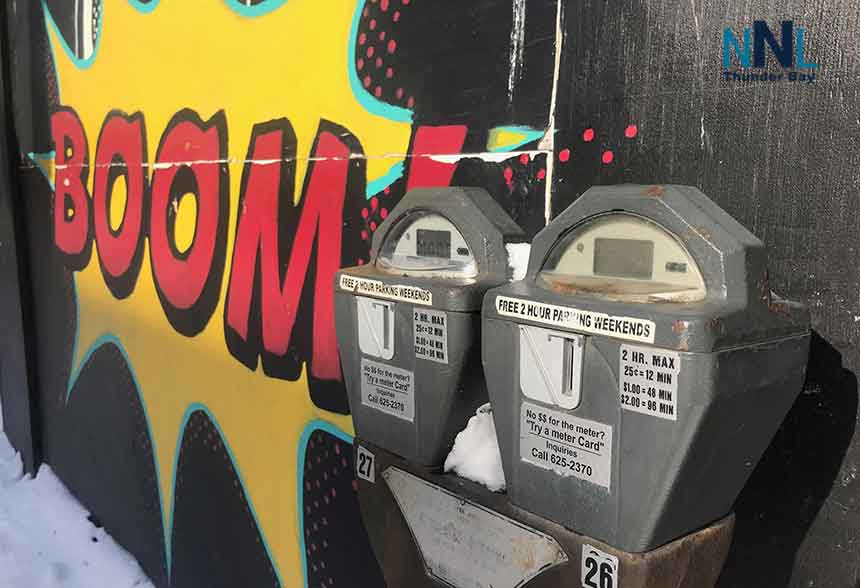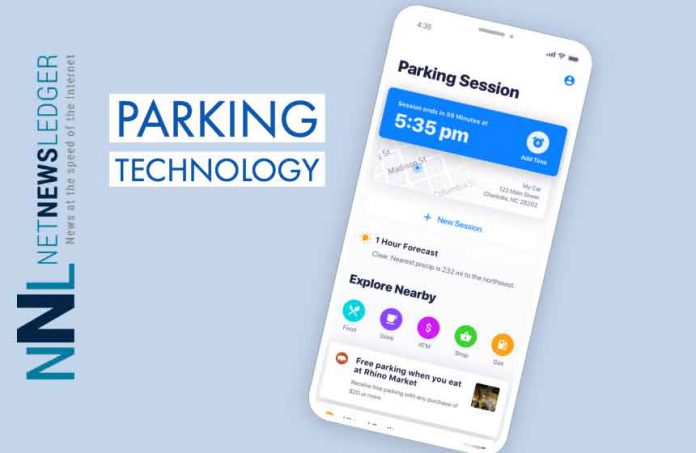THUNDER BAY – The City of Thunder Bay is rolling out new parking regulations, aiming to manage increased parking demand while major construction projects on Cumberland Street and Red River Road continue. These updates are set to affect both local businesses and visitors, emphasizing the need for adaptability during this transition.
On June 1st, new parking fees at Marina Park will come into effect as well.
Overview of New Parking Regulations
Effective immediately, the city has implemented several changes to parking rules:
- Two-Hour Parking Limit Removed: The previous restriction of two-hour parking has been lifted.
- Paid Parking Extended: Paid parking is now required on Saturdays, evenings, and mornings.
- Meter & Marina Rates: Active from Monday to Saturday, 7 am to 9 pm. Parking remains free on Sundays.
- Minimum Meter Fee: A minimum fee of $2.00 is required at all metered spaces.
- Grace Period Removal: The 15-minute grace period at the end of the paid parking time has been discontinued.
- Waterfront Parkade Rates: A flat rate of $5.00 per stay, up to 24 hours.

Parking Options in the Waterfront District BIA
The new regulations include designated parking areas specifically for the Business Improvement Area (BIA) on the north side:
- Waterfront Parkade: Located at 18 Court St N, offering daily and monthly rentals.
- Crooks Lot: At 259 Red River Rd, featuring metered parking.
- Pagoda Lot: Situated at 2 Water St N, available for monthly rental.
- PUC Lot: Found at 35 Cumberland St N, also available for monthly rental.
Additionally, parking is accessible on side streets throughout the Waterfront District BIA. Residents and visitors are encouraged to walk when possible to ease congestion and support the area’s businesses.
Digital Payment Solutions
To facilitate these changes, Thunder Bay residents and visitors can utilize the Passport Parking Canada App, allowing for convenient digital payment options and reducing the need to carry cash.
Impact on Local Businesses
These new parking rules, implemented amidst ongoing construction, are likely to increase pressure on local businesses already affected by limited accessibility. Business owners and customers will need to adapt to the new parking requirements while the city works to improve infrastructure. The goal is to streamline parking management and enhance the overall user experience despite the current challenges.







